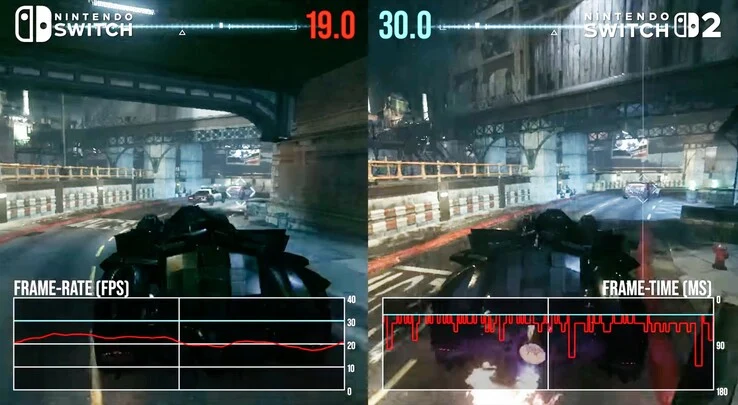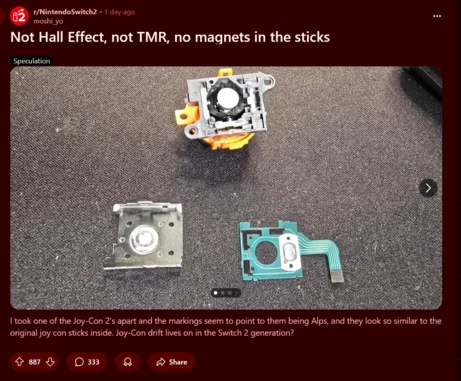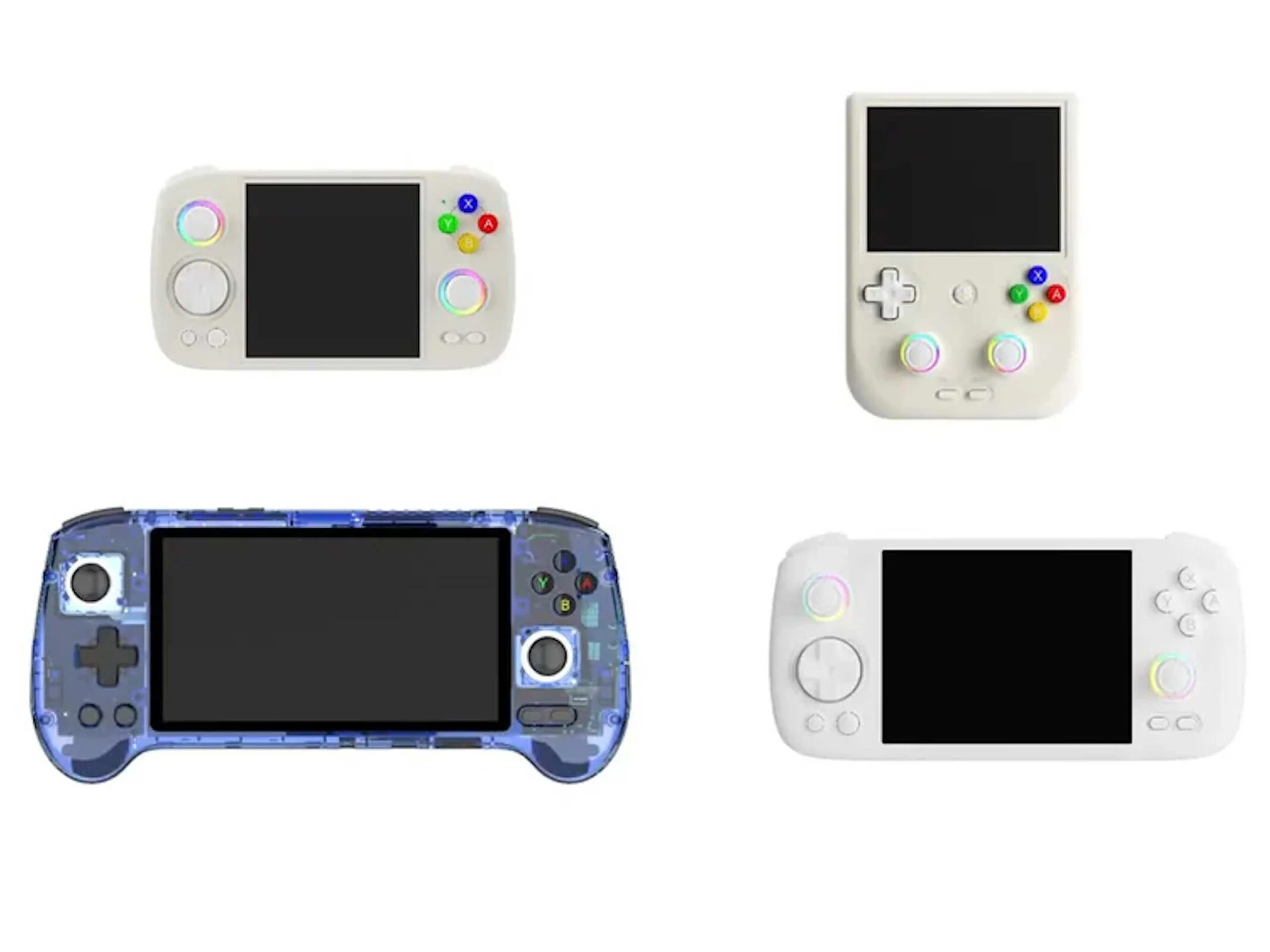Key Takeaways
1. The Nintendo Switch 2 offers improved performance for many games from the original Switch through a mix of hardware compatibility and emulation.
2. Games like Batman Arkham Knight and The Witcher 3 run smoothly at 30 frames per second on the Switch 2, compared to lower frame rates on the original Switch.
3. Dragon Quest Builders 2 achieves 60 frames per second on the Switch 2, a significant upgrade from its original performance on the first Switch.
4. Popular titles such as Bayonetta 3, Super Smash Bros. Ultimate, and Super Mario RPG perform at 60 frames per second on the Switch 2.
5. Improved loading times are noted on the Switch 2, primarily due to the processor, even for games tested on cartridges that don’t utilize the faster flash storage.
The Nintendo Switch 2 works well with many, but not all, games that came out for the first Nintendo Switch. Nintendo uses a mix of hardware compatibility and emulation to provide better performance than just relying on software emulation alone.
Performance Boost
As shown in the video from Digital Foundry below, this method really helps, especially for games that had issues on the original Nintendo Switch. For instance, Batman Arkham Knight can drop to a low of 15 fps in some scenes, which is half of the intended 30 frames per second. In fact, some frames can be on the screen for up to 180 milliseconds (0.18 seconds), causing significant stuttering.
Smooth Gameplay
On the Nintendo Switch 2, these issues are resolved, as the game runs smoothly at 30 frames per second on the new device. However, if players don’t get an update, they will still have to deal with the low-resolution textures from the original Switch version, even on the quicker console.
The Witcher 3: Wild Hunt tells a similar tale, running at a steady 30 frames per second on the Nintendo Switch 2, while the first version of the Switch could only manage about 20 fps during tough scenes. Additionally, the resolution has noticeably improved on Switch 2, thanks to dynamic resolution which lowers the quality when frame rates drop to keep performance stable.
Game Testing Insights
The YouTube channel GVG looked at several other Switch games on the Nintendo Switch 2 and provided some intriguing findings. For example, Dragon Quest Builders 2 runs smoothly at 60 frames per second on the Nintendo Switch 2, in contrast to the 20 to 40 fps it hit on the original Switch. Even the more challenging online levels, which barely reached over 10 fps on the first Switch, now run at nearly 30 frames per second on the Switch 2.
Other titles like Bayonetta 3, Super Smash Bros. Ultimate, Super Mario RPG, and Hyrule Warriors also perform at a fluid 60 frames per second on the Switch 2. Meanwhile, The Legend of Zelda: Breath of the Wild maintains a steady frame rate of 30 fps without needing to upgrade to the Switch 2 Edition. The video also looks at loading times, revealing some very encouraging results.
The games marked with a star were tested using a game cartridge, so they don’t take advantage of the console’s faster flash storage. Therefore, the improved loading times in these cases are likely mostly due to the processor.
Source:
Link



















